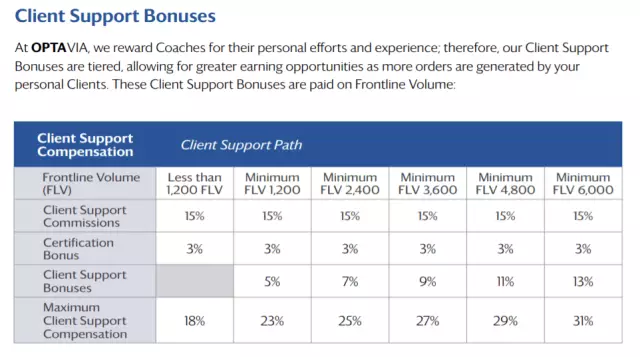- Author Rachel Wainwright [email protected].
- Public 2024-01-15 19:51.
- Last modified 2025-11-02 20:14.
Vitamin-protein diet
The vitamin-protein diet is based on increasing the amount of foods containing fiber and protein in the diet, while reducing the proportion of foods rich in carbohydrates (especially fast foods) and fats. The main principle is the alternation of vitamin-rich and protein-rich foods.
There are two options for a vitamin-protein diet:
- By the hour. It consists in taking vegetables and protein foods in turn during the day, the interval between meals is 2.5 hours.
- On days - protein and vegetable days alternate.
Rules of the Vitamin-Protein Diet:
- observe the calorie content of the daily diet of 1200 - 1500 kcal;
- at least 5 meals a day in small portions;
- dishes are prepared using dietary methods: boiling, baking, steaming, grilling;
- drink at least 1.5 liters of water per day.
It is important to leave the diet correctly: adhere to a sparing diet, reduce the amount of carbohydrate and fatty foods. Otherwise, the weight will return very quickly.

Benefits of a vitamin-protein diet
The vitamin-protein diet is designed for 10 days, during this period you can reduce the weight by 4-7 kg.
The fractional diet allows you to maintain a feeling of fullness even with a significant reduction in calorie intake. This regime is optimal for digestion, and in addition, it weaned off the habit of overeating.
The choice of products with this diet is great, a large amount of vegetables and fruits enriches the diet with vitamins, micro- and macroelements, which has a positive effect on health.
Disadvantages and contraindications of the vitamin-protein diet
A high proportion of protein in the diet can cause flatulence and constipation. To avoid this, you need to eat enough vegetables and fruits, preferably not thermally processed - in their natural form or in the form of salads.
A vitamin-protein diet is contraindicated in the presence of diseases of the gastrointestinal tract and kidneys.
What foods are allowed?
Vitamin products:
- Vegetables (except potatoes and legumes)
- Fruits (except for bananas, grapes, persimmons, dates, figs);
- Berries;
- Small amount of vegetable oil for salad dressing (a number of vitamins are not absorbed without fat).
The list of acceptable protein foods includes:
- Meat: beef, veal, rabbit, lean pork and lamb, chicken and turkey fillets;
- Seafood: shrimps, crabs, squids, mussels;
- A fish;
- Low fat dairy products: cottage cheese, hard and soft cheese, yoghurt, kefir;
- Chicken and quail eggs.
Salt is allowed in a minimum amount.
From drinks, you can use green and herbal teas, rosehip decoction, ordinary drinking or mineral water (without gas).
What foods are prohibited?
Fatty and carbohydrate-containing foods, including sugar, sauces, smoked meats, marinades, are completely excluded from the diet. Alcohol is prohibited.
Vitamin-protein diet menu
Sample menu of the Vitamin-protein diet by the hour:
Option 1: 200 g of cottage cheese.
Option 2: 2 hard boiled eggs.
Option 3: 150 g of cheese or feta cheese.
Lunch
Option 1: 2 tomatoes.
Option 2: grapefruit.
Option 3: boiled beets.
Option 1: 200 g chicken fillet.
Option 2: 200 g of boiled or steamed beef.
Option 3: 150 g of stewed veal liver.
Option 1: orange.
Option 2: 2 apples.
Option 3: white cabbage salad, seasoned with olive oil and lemon juice.
Option 1: 100 g turkey.
Option 2: 150 g of boiled squid.
Option 3: 200 g steamed fish.
Option 1: grapefruit.
Option 2: pear.
Option 3: salad of cucumber and radish, seasoned with sunflower oil.
Sample menu of the Vitamin-protein diet by day:
Vitamin day:
Protein day:
Useful Tips
Advice 1. If the diet is accompanied by a breakdown, you can drink 1-2 cups of natural black coffee a day.
Advice 2. If constipation appears, fresh vegetables should be added to protein dishes, leafy greens and salads from it are especially good.
Advice 3. The diet is better tolerated, works more efficiently and the result lasts longer if it is accompanied by daily exercise. But physical activity doesn't have to be exhausting.
| Diet characteristic | final grade |
| Duration: 10 days |
3 out of 5 One of the most effective diets based on protein-carbohydrate alternation and split meals. Due to the high content of vitamins, it avoids brittle hair, nails, and decreased immunity. |
| Recommended frequency: every 2-3 months | |
| Weight loss rate: | |
| Safety: | |
| Variety of products: |
YouTube video related to the article:
Found a mistake in the text? Select it and press Ctrl + Enter.






